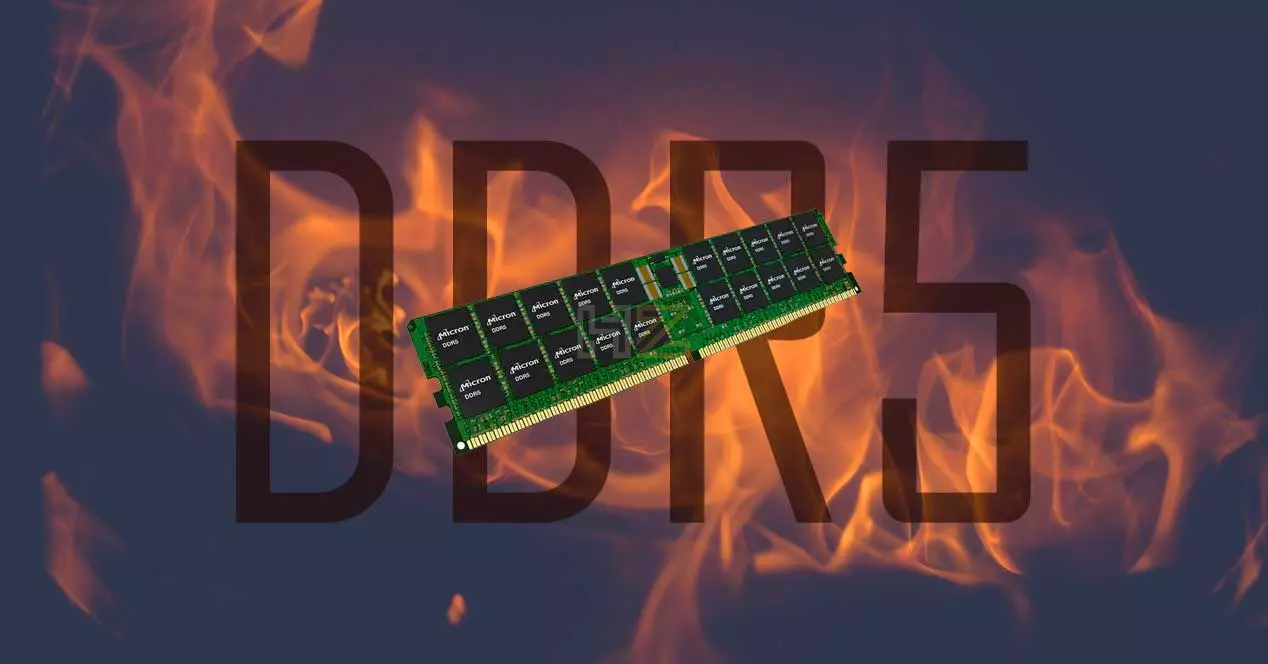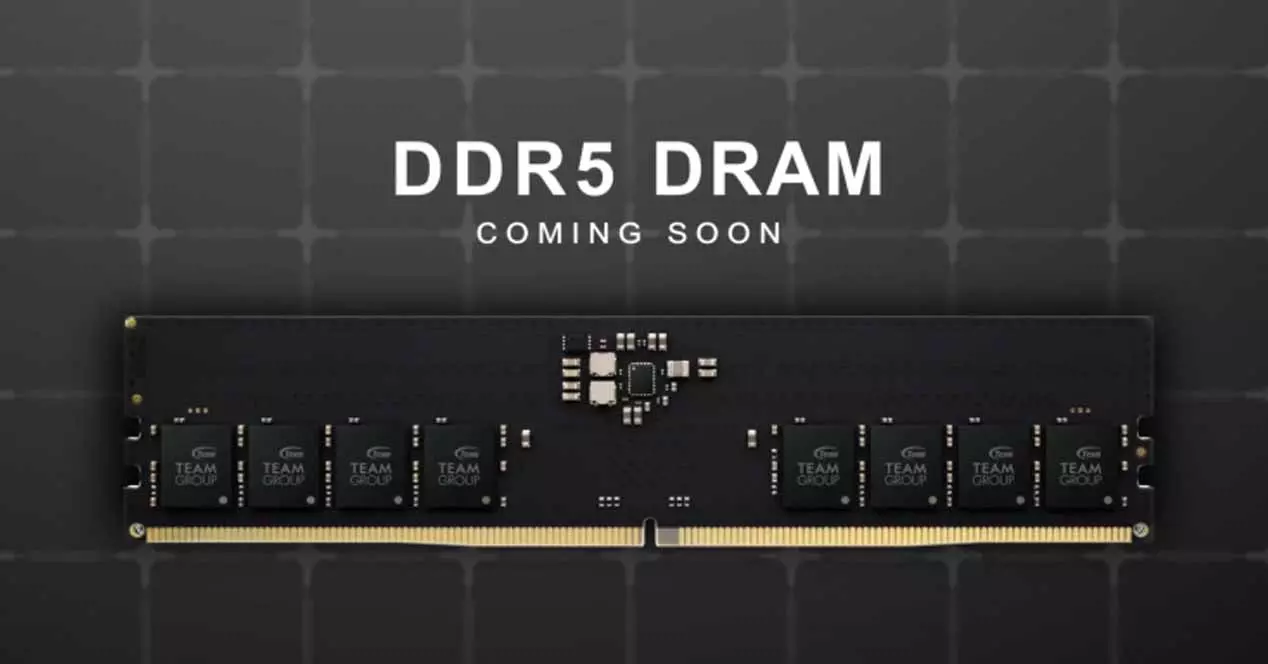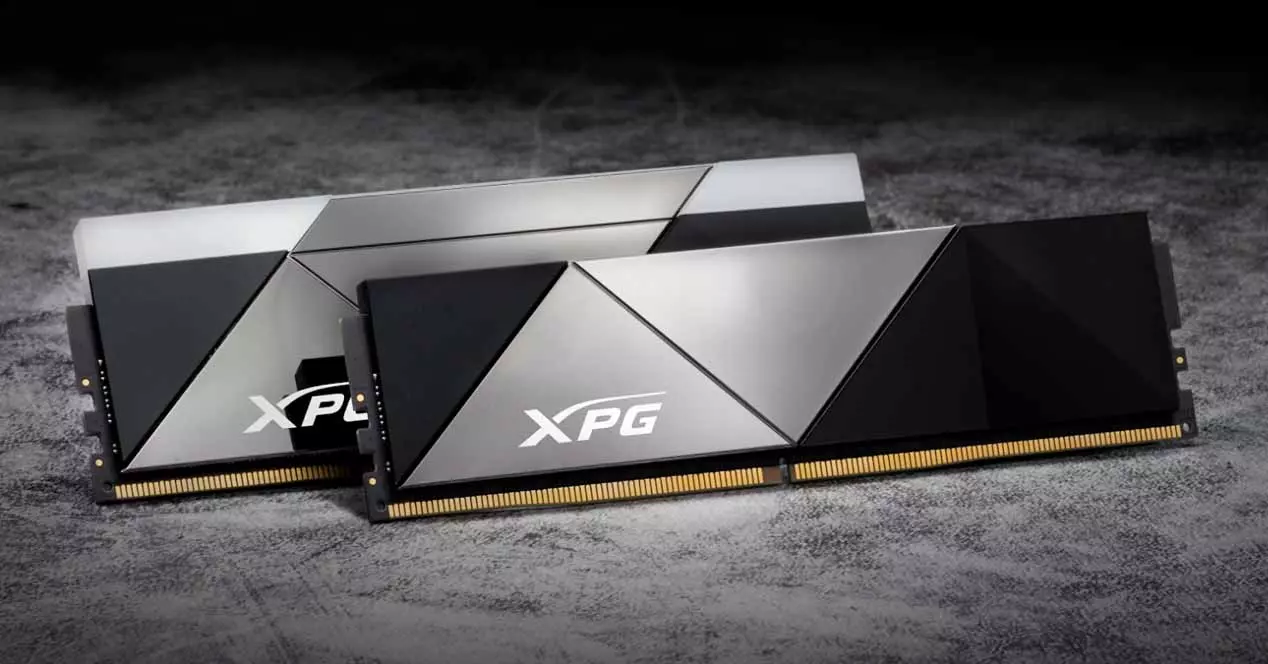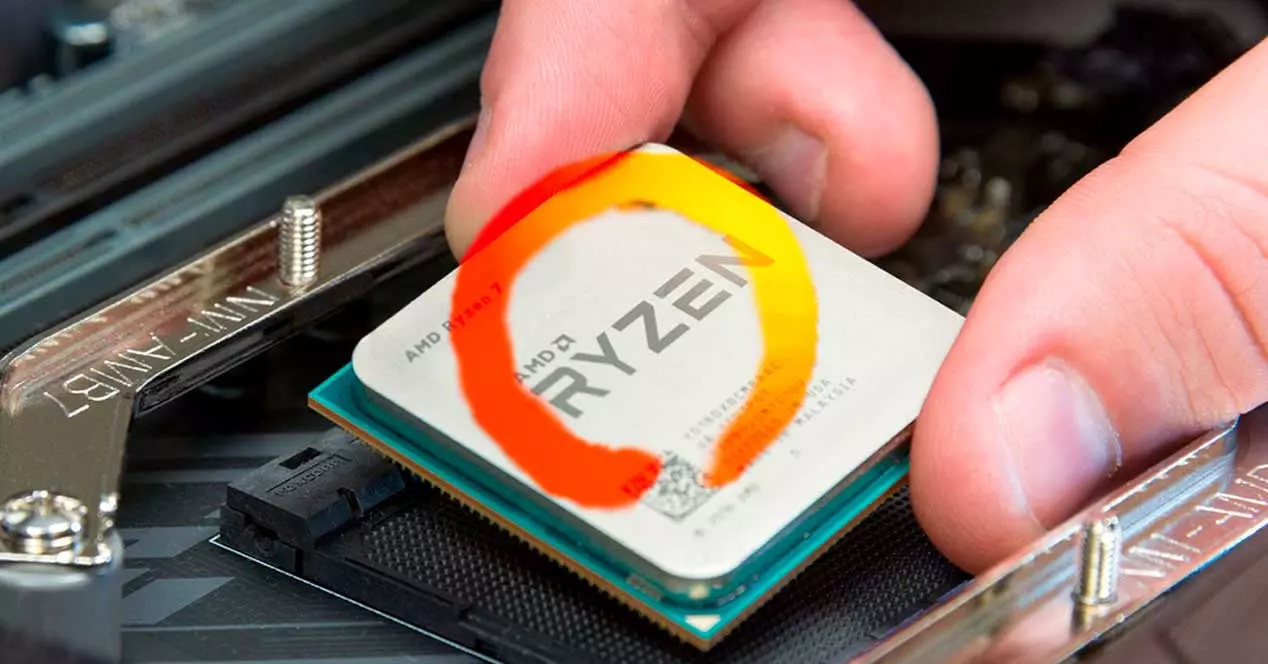
If there is one component that is currently a tremendous bottleneck in any PC, be it desktop or server as such, that is RAM. The speed of all components increases, even the NVMe M.2 SSD that shortly they would come to 14 GB / s in just over two years. So memory speed needs to be increased to get more CPU and GPU performance, but at what cost?
DDR5 memory – faster, more capable, and much hotter than DDR4?
We have gone from more or less hot modules in DDR3 to the current DDR4, where there are users and brands that justify the fact of not including any heatsink in their most basic chips because they do not directly generate enough heat to justify the cost.
In the midst of a price escalation like the one we are seeing, it would be appreciated if the manufacturer sees the ideal conditions (let’s forget high-frequency modules or with very tight latencies). Therefore, with the voltage reduction of the DDR5, many expected that these new modules and chips would be the disruptive point for passive cooling, but it will not be like that, far from it.
There are two “enhancements” that make DDR5 a significant departure from DDR4. The first is the fact that the PMICs and VRMs that were previously on the motherboard now they are inside the modules themselves. This creates a problem that manufacturers have slipped into that can make new DDR5 modules more expensive.
The temperature of the DDR5 RAM will be much higher
The statements by George Makris, CORSAIR’s Director of DIY Marketing are truly illuminating:
It is conceivable that DDR5 runs much hotter than DDR4. They have moved the voltage regulation off the motherboard and now it’s on it [módulo], so it could actually generate a lot more heat.
This leaves a door open to active cooling of DDR5 RAM, possibly water-soaked, but this is not relevant in itself. The problem is not that 1% of the market (if it arrives) that will pass its DDR5 through water, but the rest of the market. In other words: these RAMs will have to be forced to use better heatsinks to keep temperatures at bay, which is surely the anticipation of higher prices compared to DDR4 and incidentally take advantage of the pull of the novelty that they suppose.
Is this change justified from a hardware point of view? It is based of course, but we must remember similar cases in CPUs, such as Intel with Haswell and its FIVR within the processor itself, where it later backed off due to the increase in temperature it achieved despite the fact that in terms of voltage and regulation was a step forward.
What will the temperature of the DDR5 RAM be? And will they back down with DDR6?





